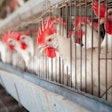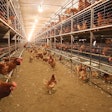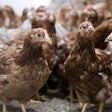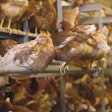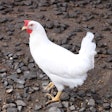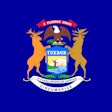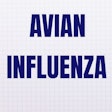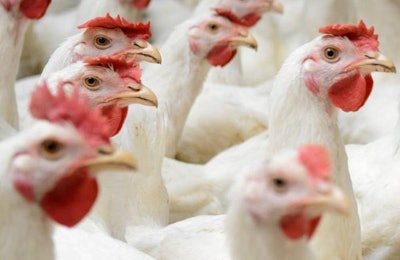
Following a brief lull, during which notifications of new outbreaks of highly pathogenic avian influenza (HPAI) in poultry slowed to a trickle worldwide, the disease has returned to some European countries that were preparing to announce freedom from HPAI, and birds in the Democratic Republic of Congo and Zimbabwe have tested positive for the virus for the first time.
New HPAI outbreaks have also been reported in South Korea and in China.
Europe: HPAI returns to Italy, Russia, and United Kingdom
Russia’s animal health agency has reported to the World Organisation for Animal Health (OIE) two new outbreaks of HPAI H5N8 in poultry. Both were in small backyard flocks but they were the first in their respective regions – Nizhny Novogorod oblast and the Udmurt Republic – to detect the virus.
After a period of freedom from the disease, the H5N8 virus has been confirmed in a commercial flock of fattening turkeys in Mantua province in Lombardy. According to the Italian health authority and research organization for animal health and food safety, IZSVe, there were around 19,000 four-month-old male turkeys on the farm. Protection and surveillance zones have been set up around the affected premises.
In the U.K., the agriculture ministry, Defra reports that the same virus has been confirmed in a small backyard flock of around 35 chickens and geese near Diss in Norfolk in eastern England. A number of birds died, the rest are being humanely culled. Controls and surveillance have been set up in the area.
HPAI viruses have also been detected recently in wild birds in Belgium and the Netherlands, according to OIE. A flock of 11 members of the pheasant family were affected by the H5N8 HPAI virus in the south Belgian province of Luxembourg, and the H5N5 virus was detected in two wild geese found dead in the Dutch city of Utrecht.
HPAI situation eases in France, Spain and Croatia
France’s agriculture ministry has confirmed that there were a total of 485 confirmed outbreaks of HPAI in the main foie gras-producing area in the south-east of France between November 2016 and March of this year. Duck and goose producers in departments that registered outbreaks undertook to keep their farms free of these species from April 17 and May 28, at the earliest. Now that period has passed for most departments, poultry breeders are now permitted to re-stock their farms, providing they stick to the agreed high biosecurity measures.
Following a period without new HPAI outbreaks, animal health agencies in Spain and Croatia have reported to the OIE that the disease situation in their respective countries has been resolved. In Spain, there were a total of 10 outbreaks in poultry involving the H5N8 HPAI virus, all in Catalonia. There were seven outbreaks in Croatian poultry flocks caused by the H5N8 virus, and the H5N5 virus was detected in four outbreaks in poultry and in one outbreak involving only wild birds.
Asia: New outbreaks in China, South Korea
Active surveillance of poultry flocks in China for HPAI has revealed one further outbreak of the disease caused by the H7N9 virus. Latest to be affected is a layer flock of around 45,000 birds in Yulin city in Shaanxi province. Around half the birds died. This is the fifth confirmed HPAI outbreak in China – all of which were in laying hens – affecting farms in the provinces of Hunan, Henan and Hebei, and Tianjin city.
After an absence from South Korea of around two months, H5N8 HPAI is suspected to have caused losses in a backyard flock on the island of Jeju, and a further 6,000 poultry at a commercial farm in the city of Busan, according to reports from news agency, Yonhap. Around 30,000 poultry were culled on Jeju to prevent further spread of the disease, and the movements of the Busan birds are being tracked and traced to prevent further virus transmission.
Africa: First outbreaks in Congo, Zimbabwe
For the first time, HPAI of an H5 subtype has been detected in the Democratic Republic of Congo, and H5N8 has been confirmed in poultry in Zimbabwe, according to recent reports from the respective national veterinary authorities to the OIE.
Three village flocks in the Djugu district of Ituri province were hit by the disease in Congo in April, leading to the loss of almost 21,000 birds.
The outbreak in Zimbabwe involved a self-contained poultry farm with around two million birds at Lanark in Mashonaland East in mid-May. The farm comprises eight separately managed sites, and disease broke out at one of these sites, where there were around 83,000 broiler breeders. The unit is located near to a dam where wild waterfowl congregate, and this is thought to be the source of infection.
Nigeria, which has been battling H5N1 HPAI for more than two years, has reported two new outbreaks of the disease to the OIE. Latest to be affected were two layer flocks, one in Kaduna state, and one in Kano. The farmers purchased point-of-lay pullets from a source that was subsequently thought to have been infected with the virus.




